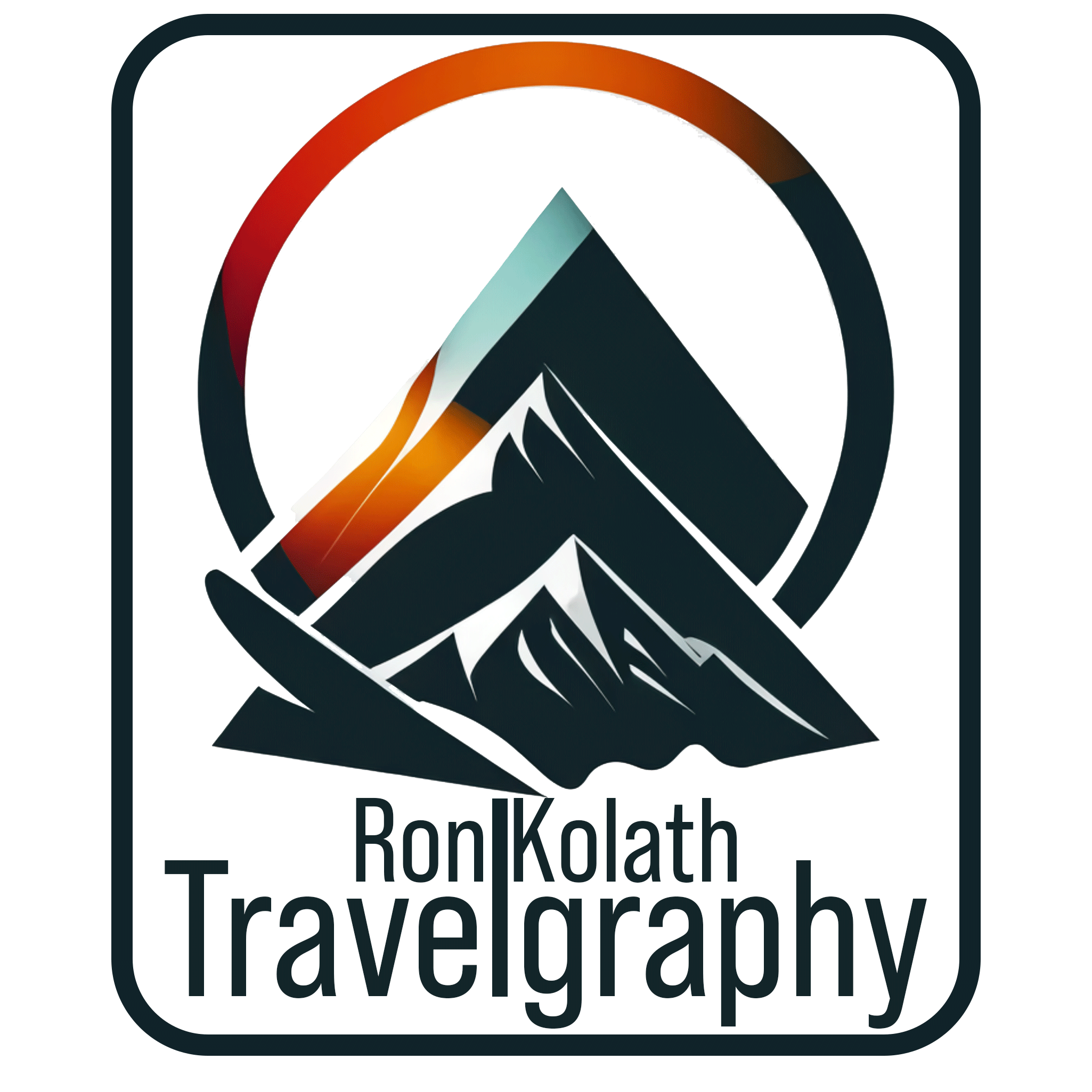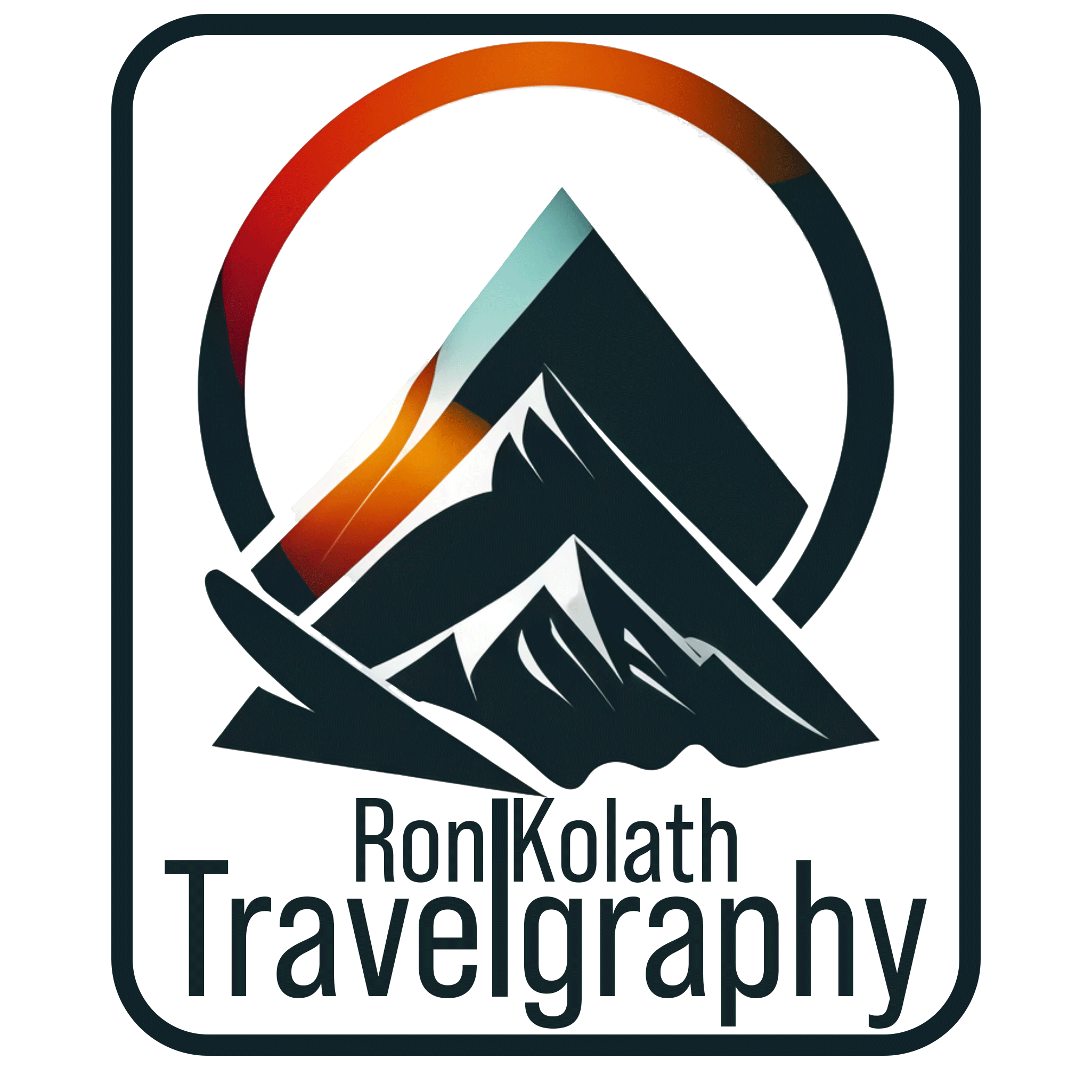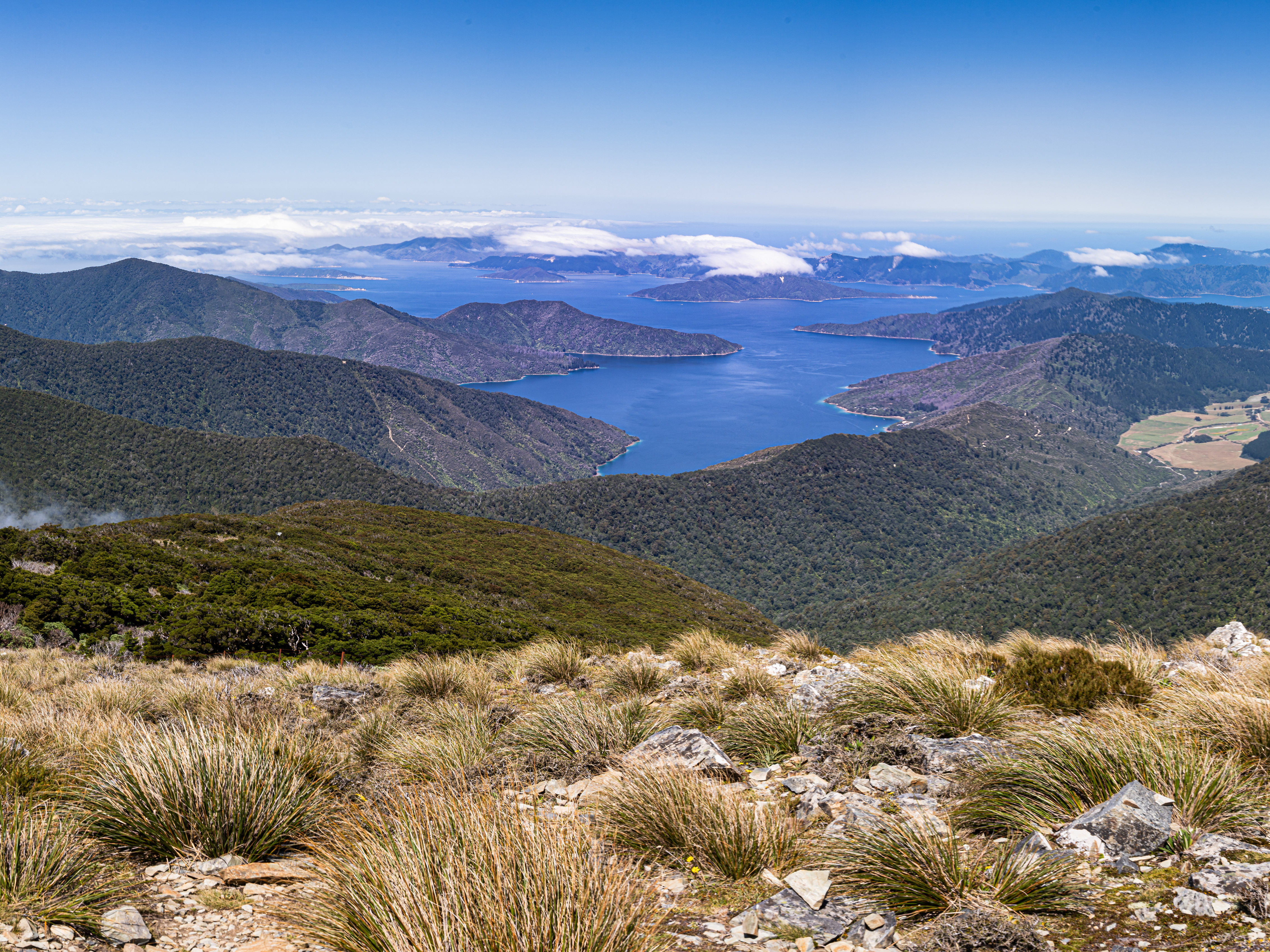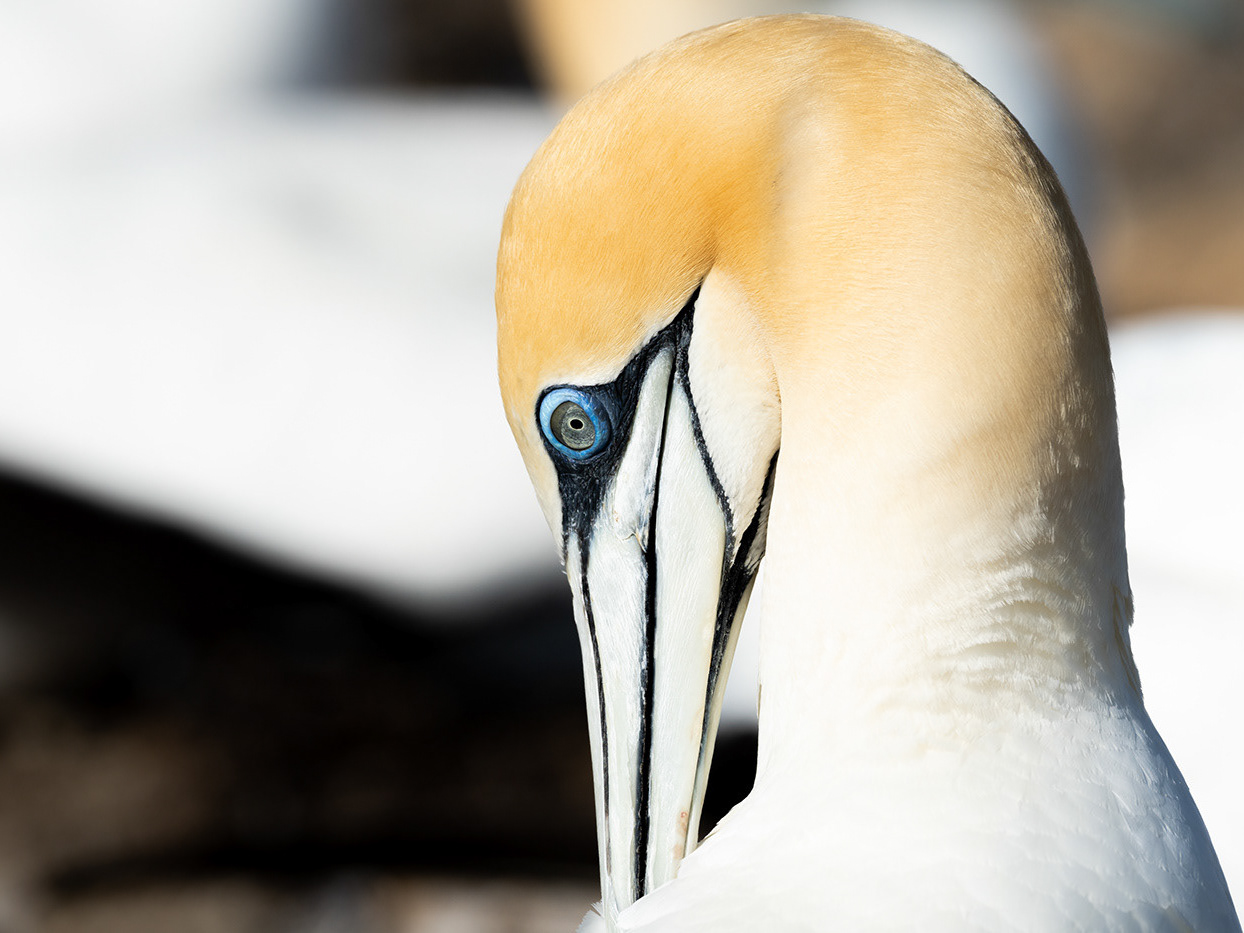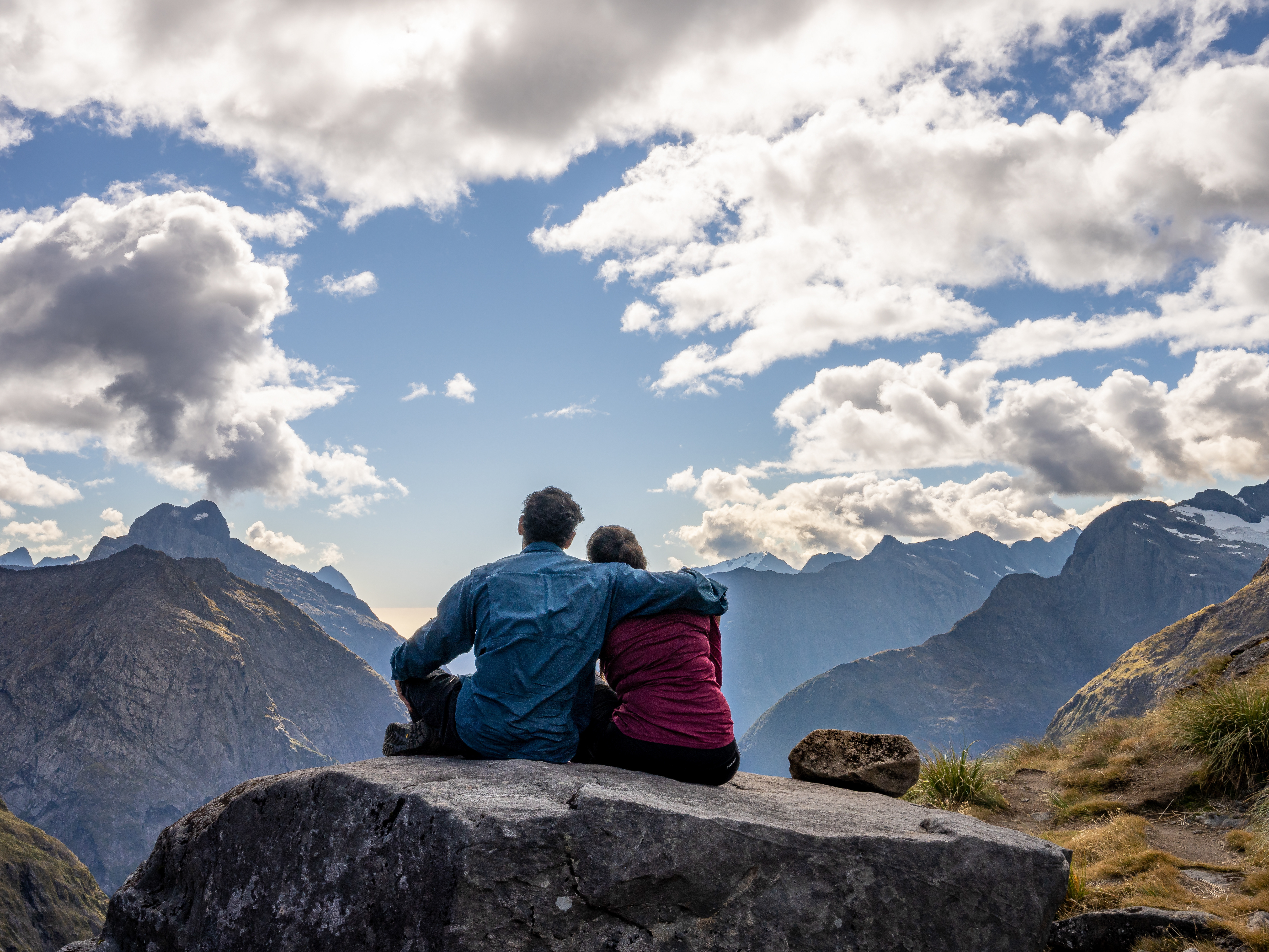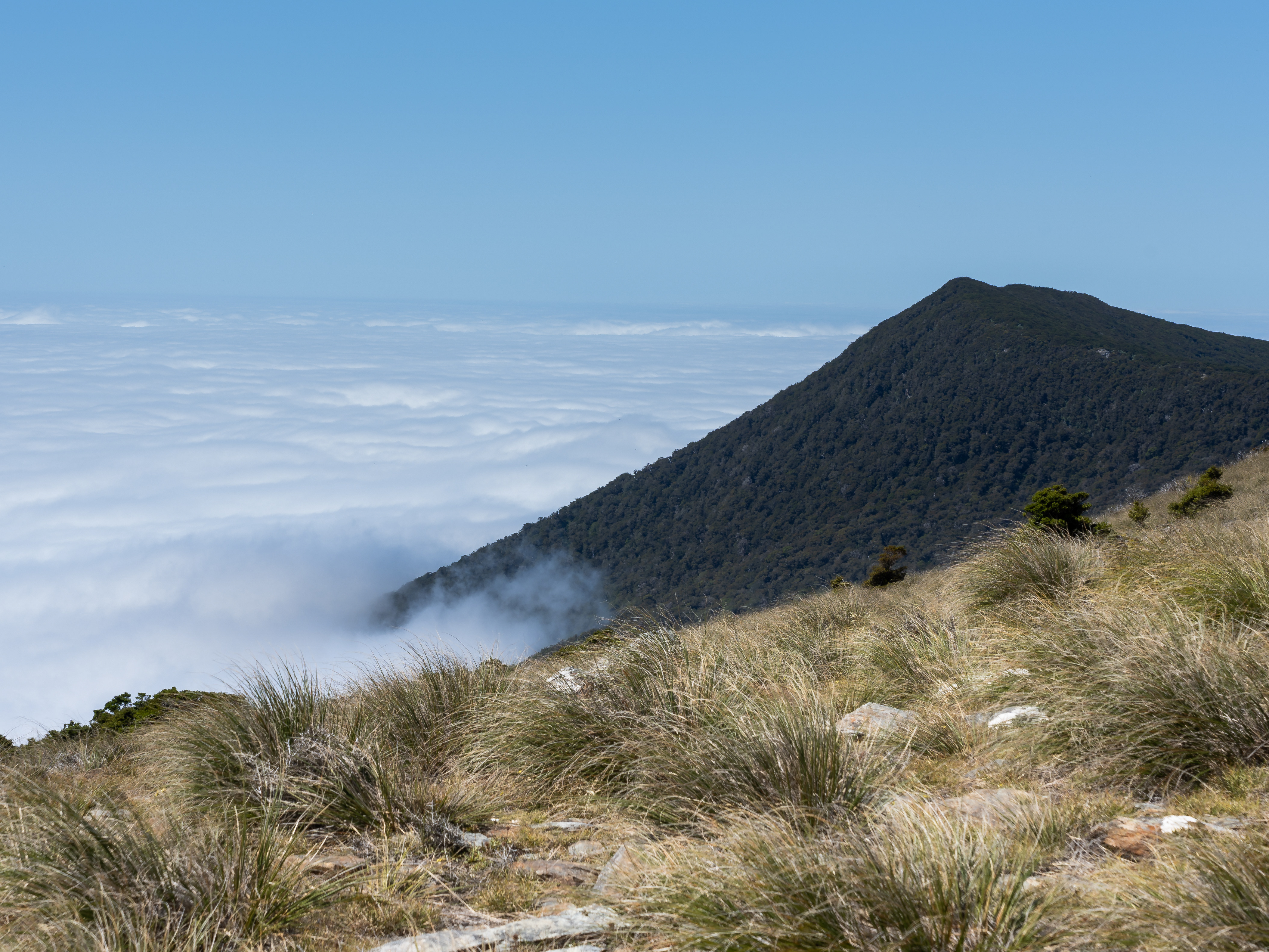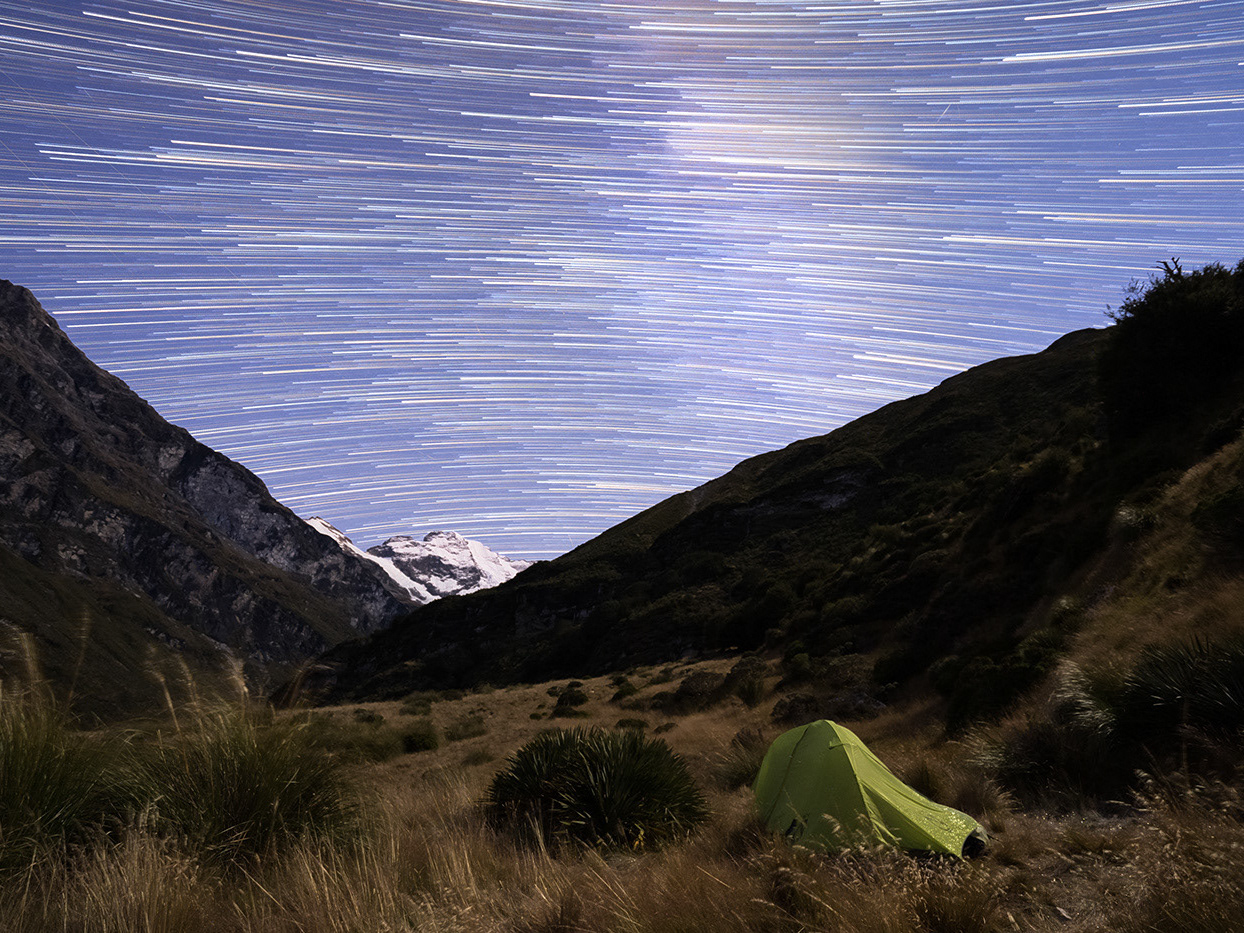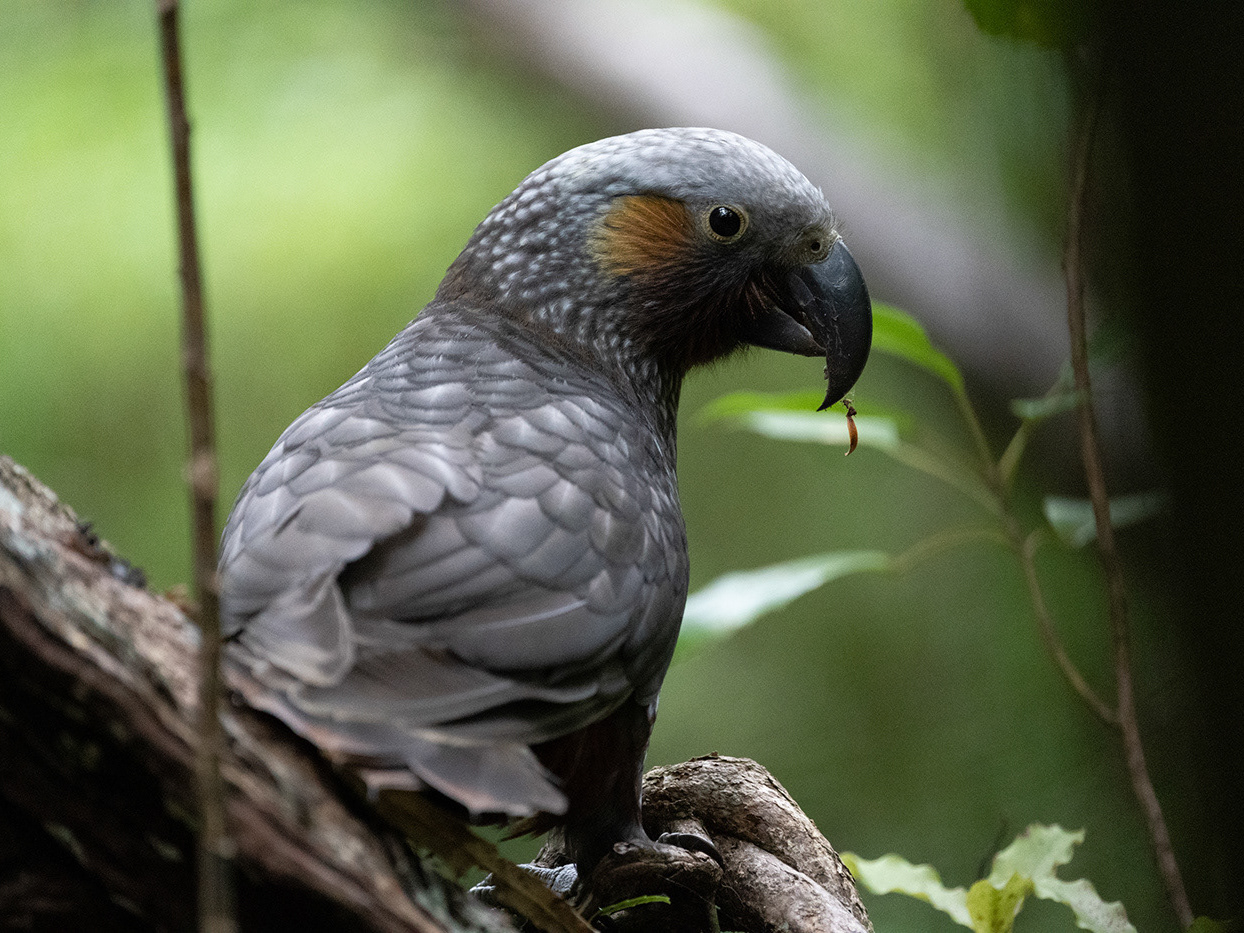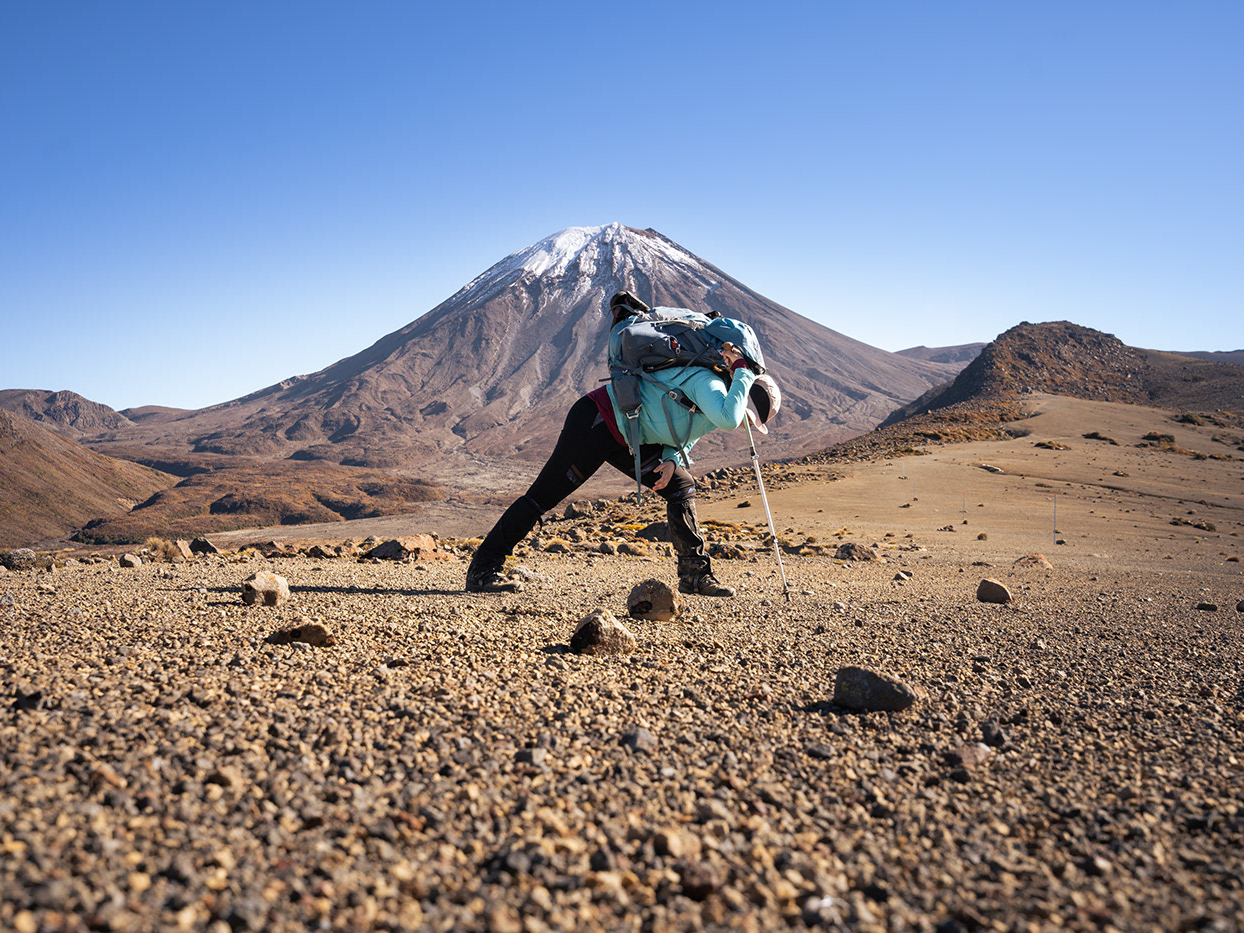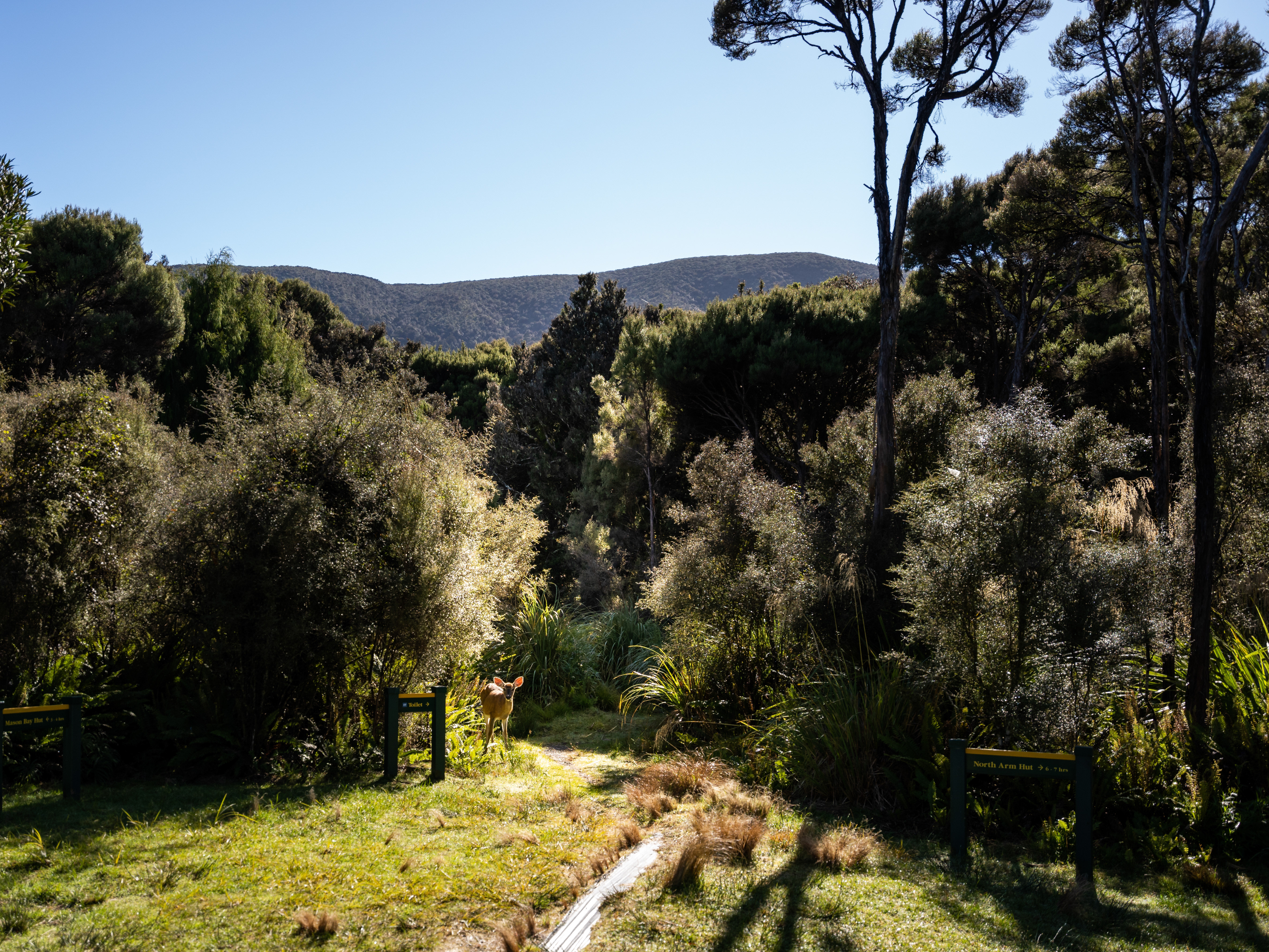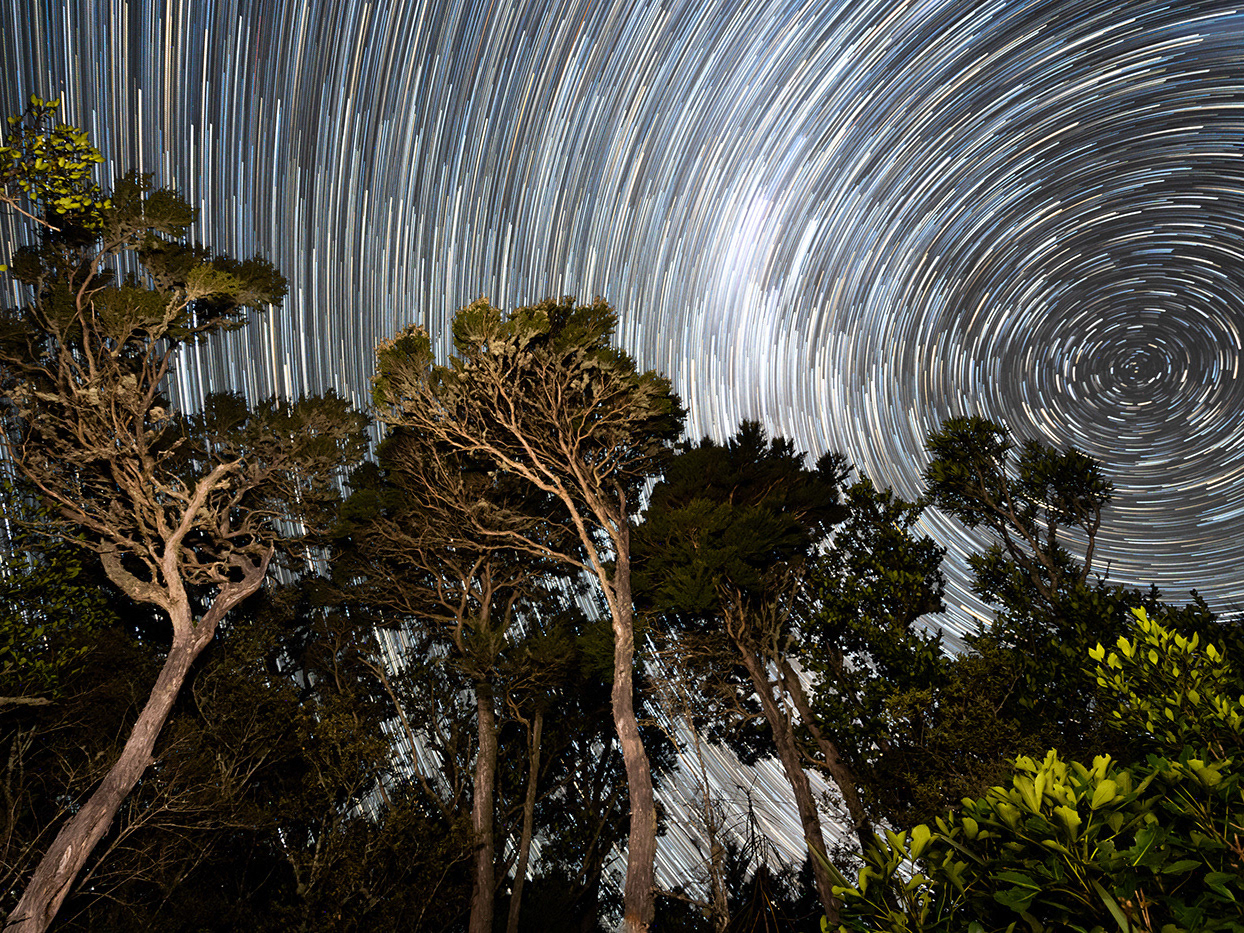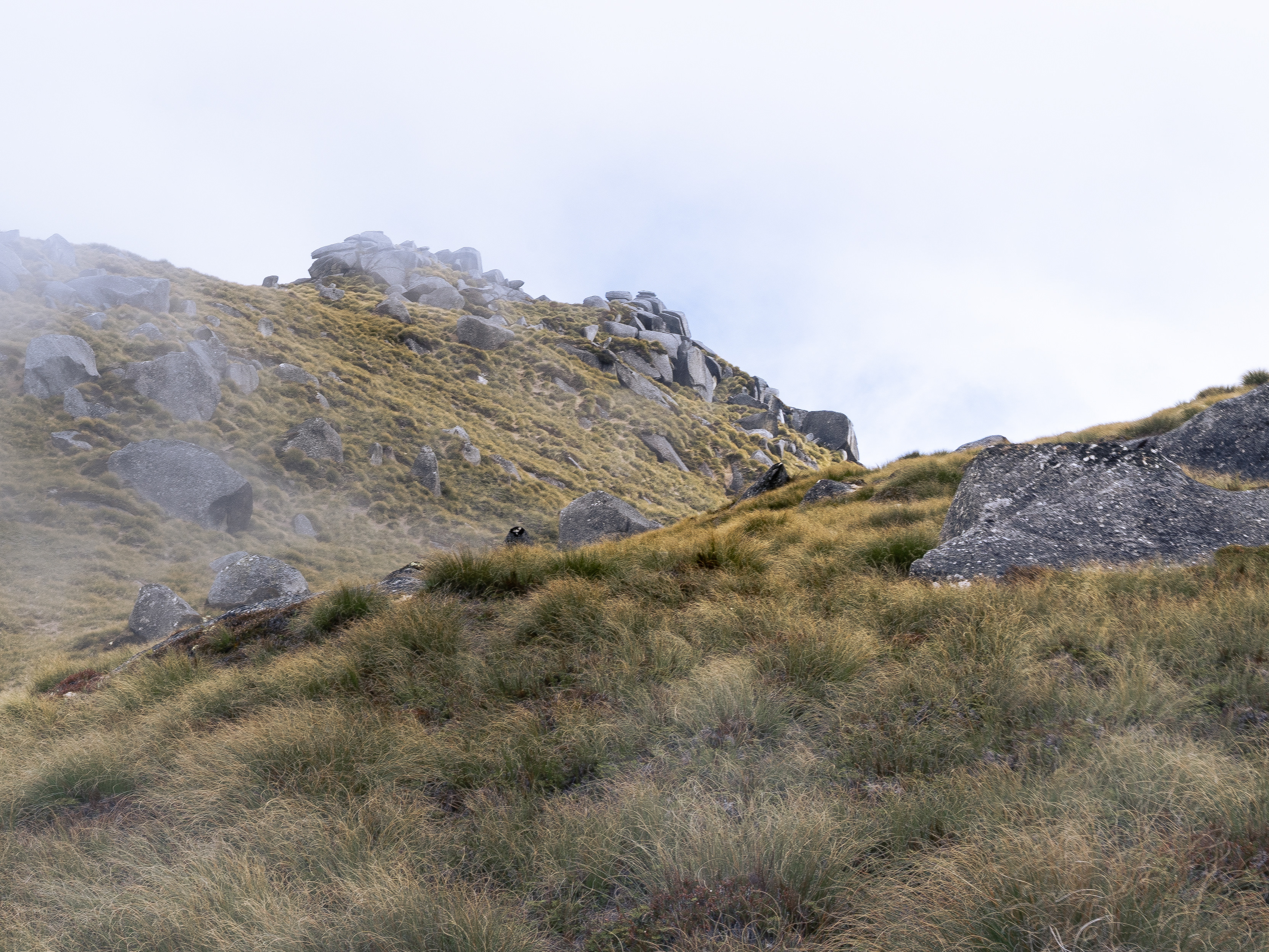Whanganui Journey
The Whanganui journey is a Canoe\Kayak trip taking place on the Whanganui river.
The Whanganui river is the longest navigable river in New Zealand, starting at Taumaranui and ending in Whanganui on the west coast of the north island.
Most people hire canoes or kayaks and do a 3-5 day trip on the river, starting either from Taumaranui, for the 5 days trip or Whakahoro, for the 3 days trip. Both trips end at Pipiriki and from there usually you get a ride back to wherever your car is.
We decided to challenge ourselves and do an 8 days trip going all along the river. We planned to join with 2 more friends (who are outdoor instructors) and start from Taumaranui and finish at Whanganui.
There are campsites and huts all along the river making camping a little easier.
The Whanganui river is the longest navigable river in New Zealand, starting at Taumaranui and ending in Whanganui on the west coast of the north island.
Most people hire canoes or kayaks and do a 3-5 day trip on the river, starting either from Taumaranui, for the 5 days trip or Whakahoro, for the 3 days trip. Both trips end at Pipiriki and from there usually you get a ride back to wherever your car is.
We decided to challenge ourselves and do an 8 days trip going all along the river. We planned to join with 2 more friends (who are outdoor instructors) and start from Taumaranui and finish at Whanganui.
There are campsites and huts all along the river making camping a little easier.
Naama and I on our canoe with all the gear in the river
We started with a briefing and training on the canoes alongside instructions on how to navigate ourselves to the campsites. We were informed that there is probably a 100% chance that we'll get capsized and that the journey is going to test our relationships.
Spoiler alert: we didn't get capsized to our surprise but our relationships were tested.
Spoiler alert: we didn't get capsized to our surprise but our relationships were tested.
Going on the canoe requires a lot of communication and synergy, the person on the back is the navigator of the vessel but the person on the front decides on which side you paddle. You always have to paddle on opposite sides of the canoe, if one person paddles faster, stronger or on the wrong side, the canoe turns, leading you in the wrong direction and maybe capsizing you.
Our tents in one of the campsites
The first few days were fine, a few easy rapids that we managed to navigate with relative ease, of course at the beginning we were going from side to side because we weren't so synced with our motions, we had sunshine and the days were hot, the scenery was beautiful and the river was calm. The hot sun left Naama with a sunburn, so mind the sun and use sunscreen.
Then the rain started falling, it wasn't constant and honestly we could use the break from the heat. But with the rain the river went faster, testing our communication and teamwork skills. We often needed to empty the canoe from water and paddle faster than the stream, so we controlled the boat and not the water.
One day at one of the campsites we stopped in for lunch, I forgot my lifejacket. So, Naama and I had to turn around and paddle against the flow of the stream, we had to go up a rapid as well, I paddled my hardest and she did too, but it didn't feel that way. It was so difficult! The canoe was turning to this side and that side with every stroke I made.
Eventually I stopped the canoe on the river bank where there were no cliffs and pulled it myself. I was so angry and frustrated, I blamed Naama for our failure going up stream but actually I was blaming myself for forgetting my lifejacket. When I jumped out of the canoe to pull it, I injured my knee and started bleeding, I guess I deserved it.
We got as far as we could and saw people in the campsite where I left my lifejacket, we called them and one of them came down and brought it to me.
We continued our way down stream and had a long talk about what happened trying to figure out how to prevent the situation from happening again.
Then the rain started falling, it wasn't constant and honestly we could use the break from the heat. But with the rain the river went faster, testing our communication and teamwork skills. We often needed to empty the canoe from water and paddle faster than the stream, so we controlled the boat and not the water.
One day at one of the campsites we stopped in for lunch, I forgot my lifejacket. So, Naama and I had to turn around and paddle against the flow of the stream, we had to go up a rapid as well, I paddled my hardest and she did too, but it didn't feel that way. It was so difficult! The canoe was turning to this side and that side with every stroke I made.
Eventually I stopped the canoe on the river bank where there were no cliffs and pulled it myself. I was so angry and frustrated, I blamed Naama for our failure going up stream but actually I was blaming myself for forgetting my lifejacket. When I jumped out of the canoe to pull it, I injured my knee and started bleeding, I guess I deserved it.
We got as far as we could and saw people in the campsite where I left my lifejacket, we called them and one of them came down and brought it to me.
We continued our way down stream and had a long talk about what happened trying to figure out how to prevent the situation from happening again.
Our friends and us looking inside a creek
The night before we got to Pipiriki, a storm started, we were sleeping in our tent as heavy rain started falling, then, a thunderous crackling sound followed by a light so strong we could see as if it was day time. This was scary, the rain poured and the lightning and thunder struck. We felt so little at the mercy of nature, hoping that the tent would hold for the rest of night without us getting wet in it.
When morning came we were relieved as the sun came with it and the rain stopped.
We got back in our canoes and paddled on the now higher river, not so long after we got to Pipiriki (the last stop for most people) and looked for a place to stay. The moment we finished pitching our tents the storm hit again, it rained for 16 hours straight with heavy rain and thunder.
In the morning, just like the day before, the rain stopped and we went down to see the river, we were worried the river would flow so fast and rise so much, we would not be able to continue our journey. As we suspected the river did rise significantly, 3 meters or so, but after consulting one another and taking an educated risk we decided to keep going.
The rest of the journey was quite simple, the sun came back out and we didn't need to paddle so hard because the river was flowing pretty fast. We even skipped a camp, shortening our trip from 8 days to 7.
When morning came we were relieved as the sun came with it and the rain stopped.
We got back in our canoes and paddled on the now higher river, not so long after we got to Pipiriki (the last stop for most people) and looked for a place to stay. The moment we finished pitching our tents the storm hit again, it rained for 16 hours straight with heavy rain and thunder.
In the morning, just like the day before, the rain stopped and we went down to see the river, we were worried the river would flow so fast and rise so much, we would not be able to continue our journey. As we suspected the river did rise significantly, 3 meters or so, but after consulting one another and taking an educated risk we decided to keep going.
The rest of the journey was quite simple, the sun came back out and we didn't need to paddle so hard because the river was flowing pretty fast. We even skipped a camp, shortening our trip from 8 days to 7.
Our friends in their canoe with the morning mist coming out of the river
We had a challenging, teaching, wonderful time on the river. We grew as individuals and as a couple and I can say hands down this journey was one of the best things we did in New Zealand by far! I highly recommend it and in my opinion it's a must do in New Zealand.
